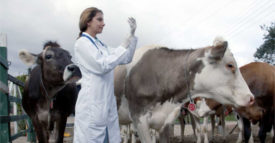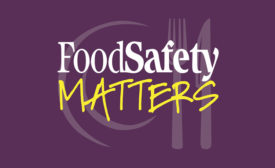Food Type
Paradise Lost: The Impact of the Emergence of Antimicrobial Resistance on Food Safety
The emergence of AMR in foodborne bacterial pathogens is a growing public health crisis, complicated by the overuse of antibiotics in agriculture
June 12, 2023
Keeping It Clean—Can Sanitizing Be More Sustainable?
When implementing water-saving initiatives or using more environmentally friendly chemicals, care must be taken to avoid compromising hygiene
Anette Granly Koch M.Sc., Ph.D.
Gry Carl Terrell M.Sc.
Freja Lea Lüthje
Rikke Hjort Hansen
Emma Bildsted Petersen
June 12, 2023
From Lab Bench to Consumer: The Regulatory and Safety Challenges of Cultivated Meat
Regulatory and food safety hurdles must be overcome for cultivated meat to reach the commercial market
June 12, 2023
Never miss the latest news and trends driving the food safety industry
eNewsletter | Website | eMagazine
JOIN TODAY!Copyright ©2025. All Rights Reserved BNP Media.
Design, CMS, Hosting & Web Development :: ePublishing









